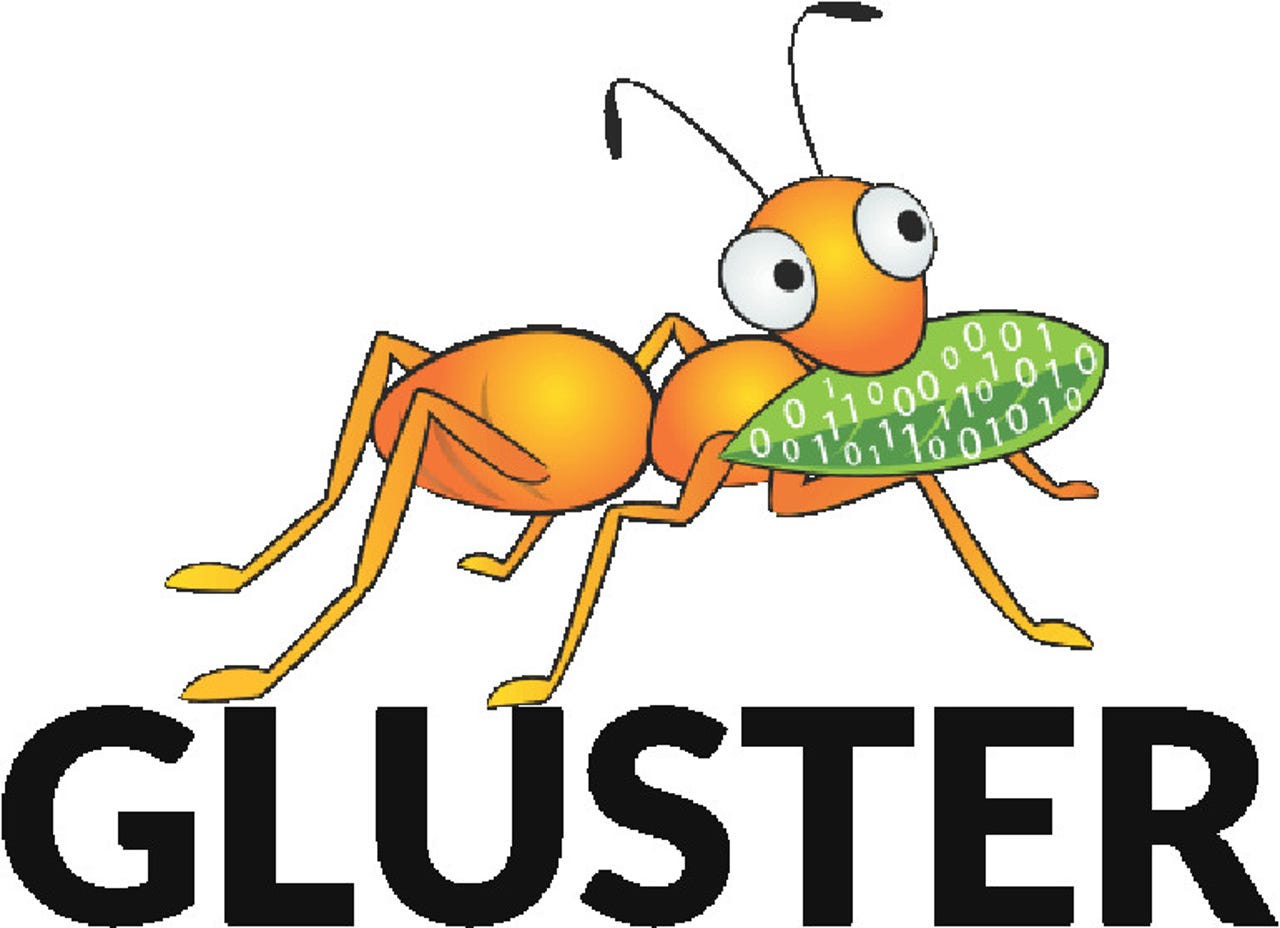Red Hat software-defined storage takes another step forward

Do you need software-defined storage (SDS) for your enterprise virtualization, analytics, and enterprise sync and share workloads? If so, then Red Hat has the program for you: Red Hat Gluster Storage 3.2.

Red Hat Gluster Storage 3.2 looks to be one hard-working storage ant.
Red Hat likes to say its open-source Gluster SDS Scale-out network-attached storage (NAS) is for the modern enterprise workload. It's not wrong.
special feature
You can deploy Gluster quickly and use it to flexibly manage your ever-increasing storage needs without tears. The program is a combination of Red Hat Enterprise Linux (RHEL) and GlusterFS. GlusterFS is an open-source scalable network file-system. You can use it with your existing storage infrastructure and easily add common off-the-shelf (COTS) storage as your data-storage requirements expand.
Red Hat claims this newest edition includes a number of enhancements and new features. Its goal is to improve small-file performance, provide data integrity at a lower cost, and enhance Red Hat OpenShift Container Platform and container integration in general.
In particular, Red Hat Gluster Storage 3.2 introduces the following capabilities and improvements:
Deeper integration with Red Hat OpenShift Container Platform: It does this by adding native support for advanced storage services such as geo-replication and in-flight encryption for applications deployed in containers. These enhancements, packaged into the refreshed docker container image that is shipped with the latest release of the product, can also enable three times as many persistent volumes (PVs) per cluster according to Red Hat quality engineering testing.
Smaller storage hardware footprint: The program accomplishes this by usingarbiter volumes. Instead of holding replicated data, these only contain file/directory names (i.e. the tree structure) and extended metadata attributes. This gives you more room for data, thus shrinking your infrastructure costs while maintaining high data integrity. Arbiter volumes also can resolve conflicts in the event of data mismatch between two nodes without requiring a third copy of the data.
Red Hat claims customers running traditional NAS use cases such as backup/restore can achieve the data integrity offered by three-way replication without incurring the associated cost of hardware, datacenter space, and power. This can be particularly helpful for companies running configurations in remote-office/branch-offices.
Faster self-healing of erasure coded volumes can minimize performance impact during repair and healing operations. This faster self-healing function can benefit customers who have deployed Red Hat Gluster Storage with Red Hat Virtualization to store virtual machine images.
Enhanced monitoring capabilities: These enhance monitoring capabilities via native, asynchronous notifications help to improve day-to-day storage management. In addition, Red Hat Gluster Storage offers extensibility through the Nagios open-source monitoring framework to enhance storage operations management.
So, how good is all this really? Laura DuBois, IDC's group vice president of enterprise storage, servers, and infrastructure software, said, "This new release of Red Hat Gluster Storage becomes available as the software-defined storage industry is at an inflection point in terms of disrupting the way storage is consumed by data-driven enterprises. The flexibility of deployment across virtual machines, containers, and the public cloud gives Red Hat Gluster Storage an edge compared to traditional, monolithic storage appliances."
That sounds good enough to me to consider deploying it.
Related Stories:
- HPE backs software-defined storage startup Hedvig in $21.5m round
- Cisco and IBM extend VersaStack to hybrid cloud, software-defined storage
- Red Hat clears up its software-defined storage options
VIDEO: Big data deluge? Smart storage to the rescue